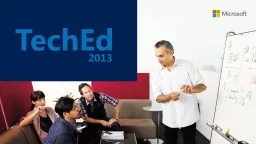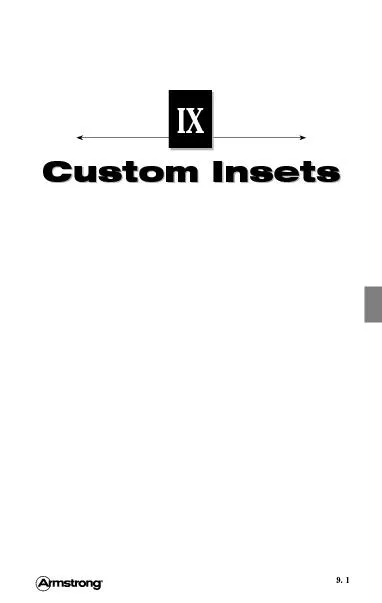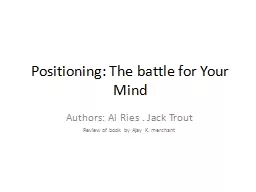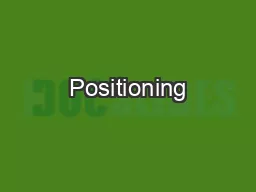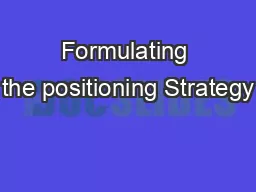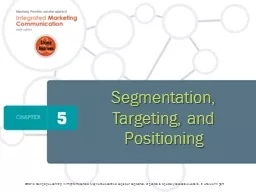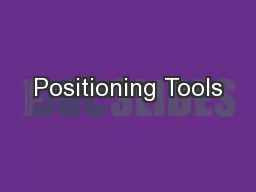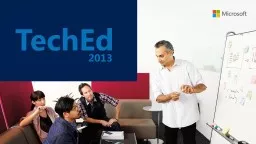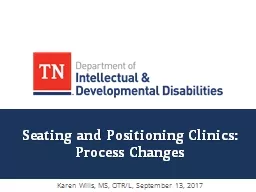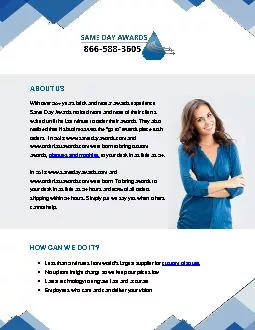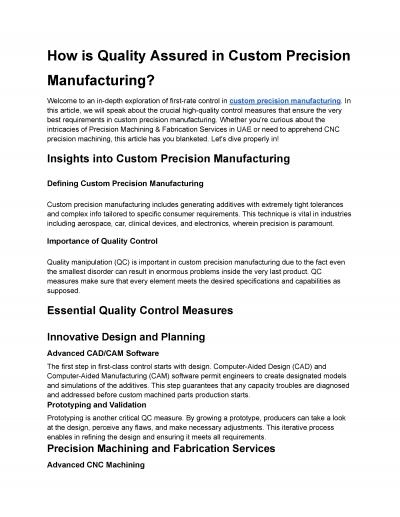PPT-Positioning Microsoft Development Technologies for Custom Application Development
Author : giovanna-bartolotta | Published Date : 2018-11-10
Cesar De la Torre NET Product Manager Microsoft Corp cesardlMicrosoftcom Twitter cesardelatorre DEVB204 Use different Components for different purposes Cesar
Presentation Embed Code
Download Presentation
Download Presentation The PPT/PDF document "Positioning Microsoft Development Techno..." is the property of its rightful owner. Permission is granted to download and print the materials on this website for personal, non-commercial use only, and to display it on your personal computer provided you do not modify the materials and that you retain all copyright notices contained in the materials. By downloading content from our website, you accept the terms of this agreement.
Positioning Microsoft Development Technologies for Custom Application Development: Transcript
Download Rules Of Document
"Positioning Microsoft Development Technologies for Custom Application Development"The content belongs to its owner. You may download and print it for personal use, without modification, and keep all copyright notices. By downloading, you agree to these terms.
Related Documents

